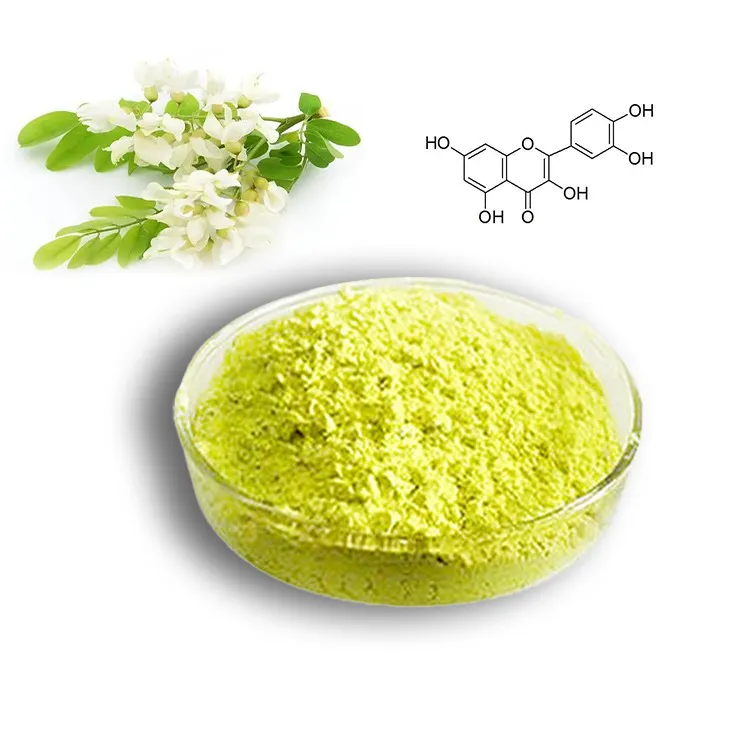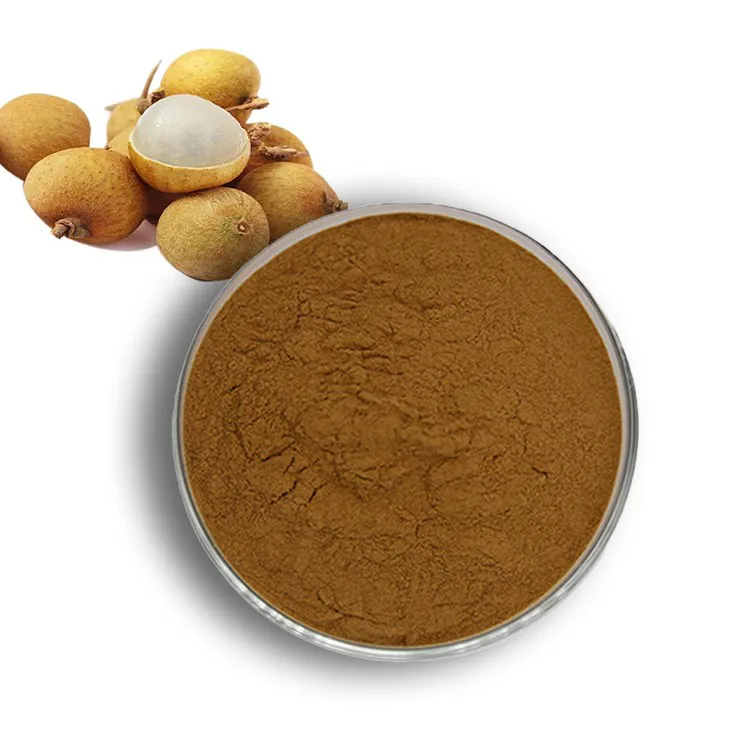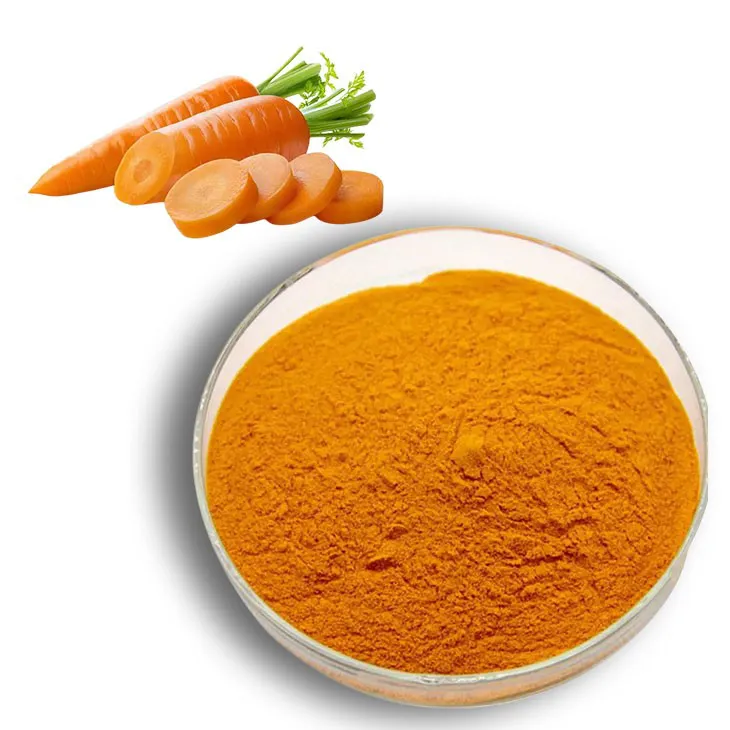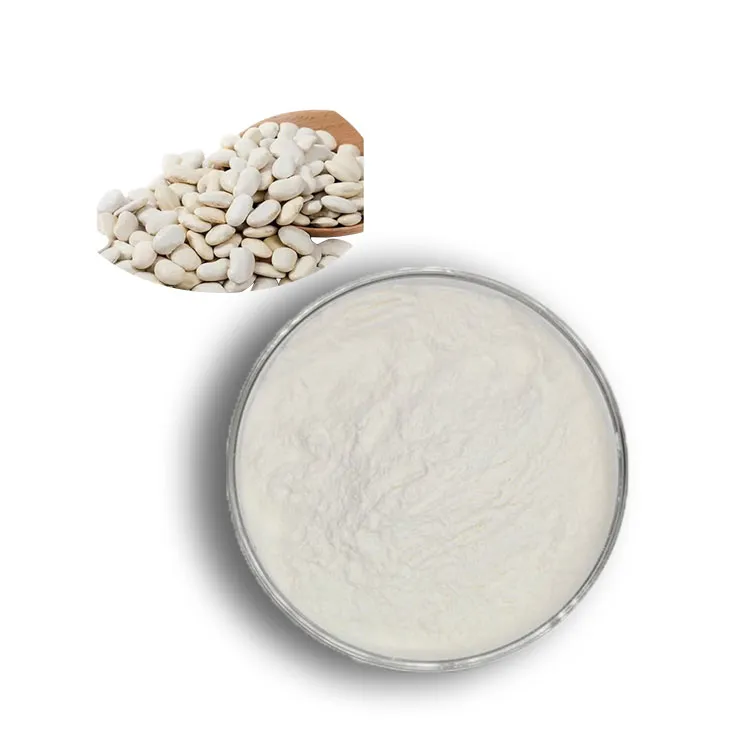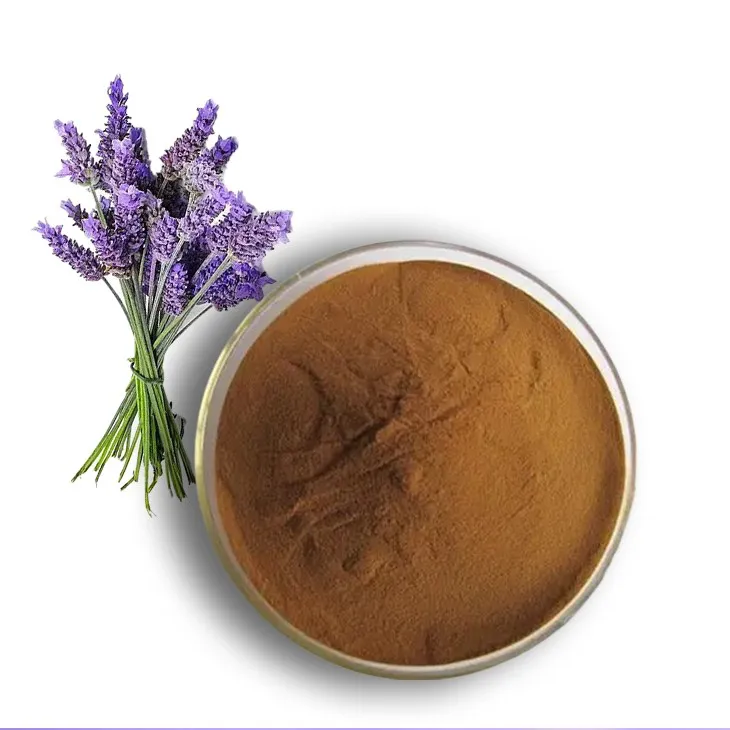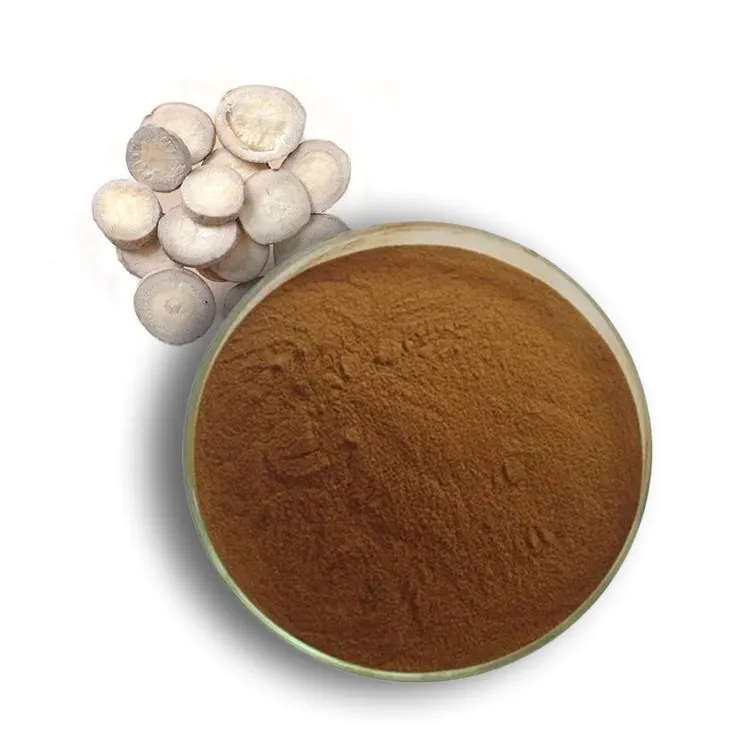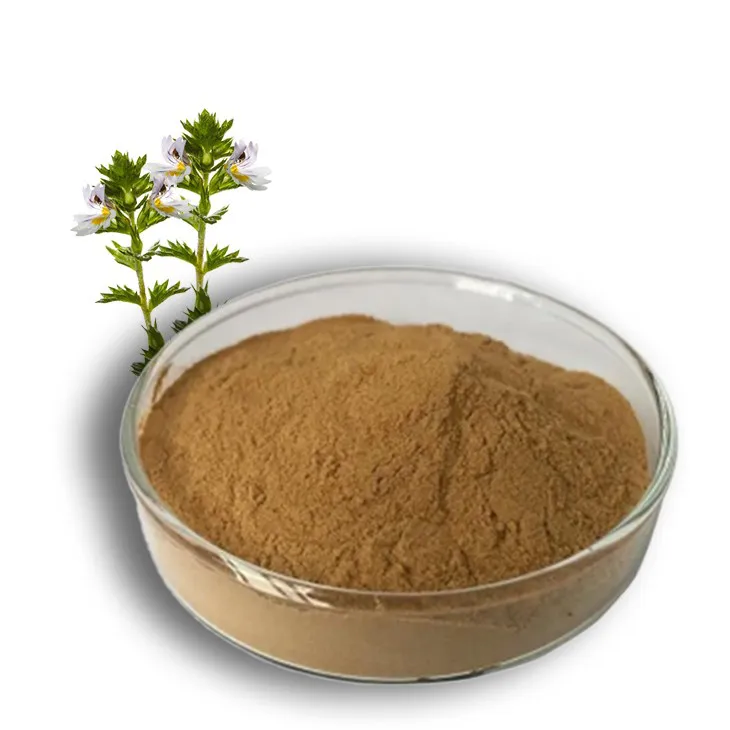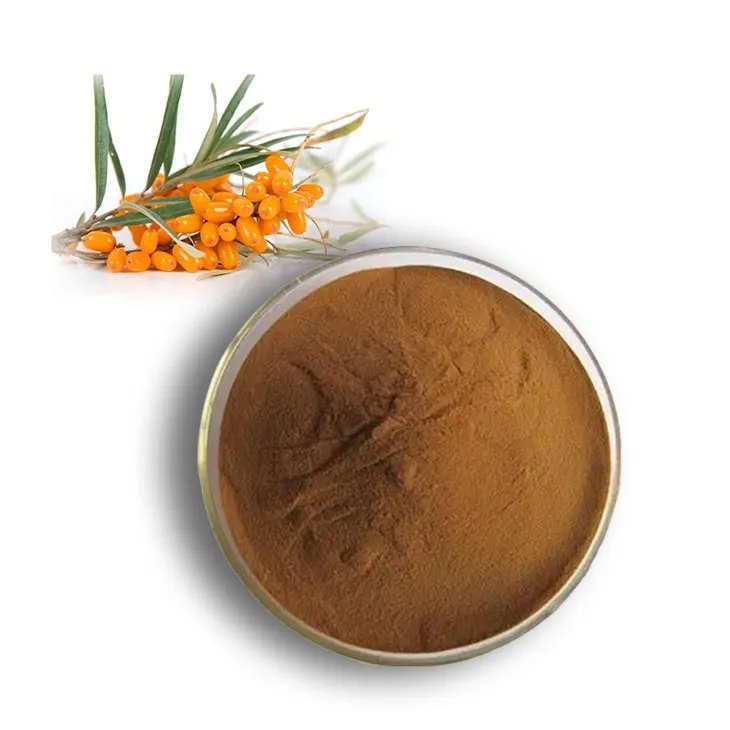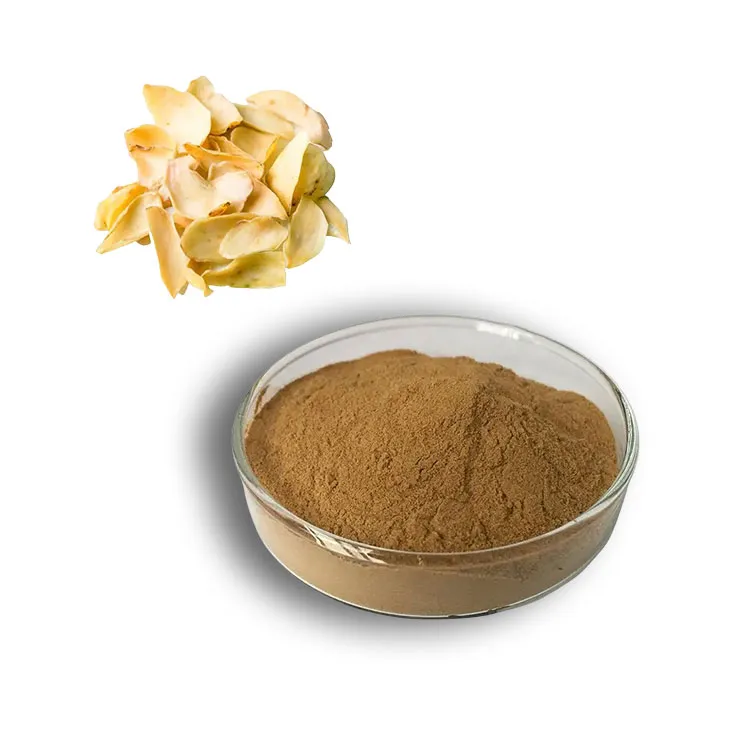- 0086-571-85302990
- sales@greenskybio.com
Aminolevulinic Acid in Medical and Cosmetic Applications: A Detailed Exploration
2025-08-14
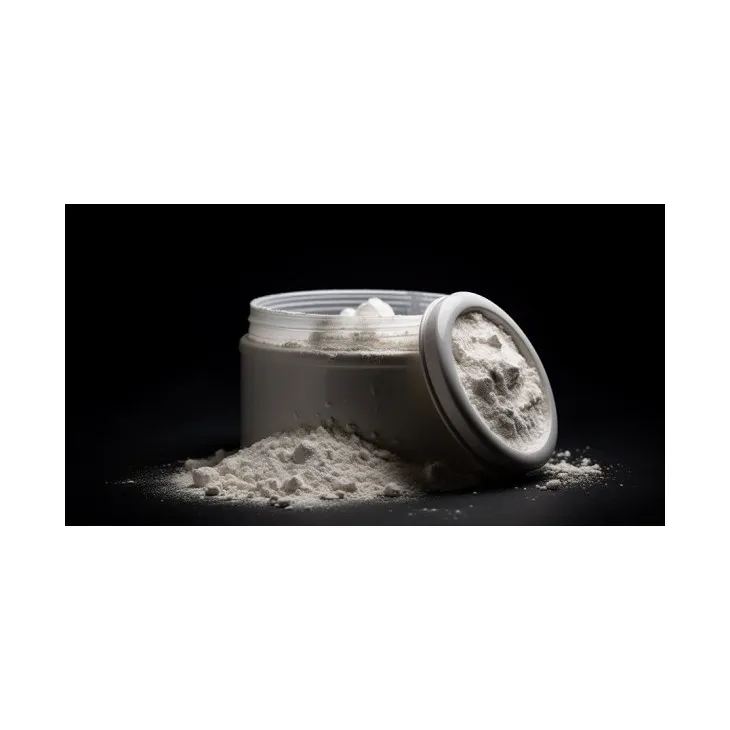
Aminolevulinic acid (ALA) is a crucial compound in both human physiology and various medical applications. As a key precursor in the biosynthetic pathway of heme, ALA plays an indispensable role in numerous biological processes. Additionally, its utility extends beyond natural biological functions, serving as a valuable tool in medical diagnostics and treatment, particularly in photodynamic therapy (PDT). This article delves into the multifaceted roles of Aminolevulinic acid, exploring its biological significance, applications in the medical field, and its emerging roles in cosmetic treatments.
Biological Significance of Aminolevulinic acid
Aminolevulinic acid is a non-proteinogenic amino acid involved in the synthesis of heme, an essential component of hemoglobin, myoglobin, cytochromes, and other heme-containing enzymes. Its synthesis occurs in the mitochondria through the condensation of glycine and succinyl-CoA, catalyzed by the enzyme ALA synthase. This step is the first and rate-limiting step in the heme biosynthetic pathway, highlighting ALA's critical regulatory role.
1. Regulation of Heme Synthesis
Heme synthesis is tightly regulated due to its essential role and potential cytotoxicity in excess quantities. ALA synthase is subject to feedback regulation by heme itself. When cellular heme levels are sufficient, the activity of ALA synthase is downregulated to prevent overproduction. This regulatory mechanism ensures balance in the cell's biochemical environment.
2. Function in Cellular Respiration and Detoxification
As a precursor to heme, ALA indirectly supports cellular respiration and energy production, as heme is a vital component of cytochrome c oxidase in the electron transport chain. Additionally, heme's role in catalase and peroxidase enzymes aids in protecting cells from oxidative damage by detoxifying reactive oxygen species.
Medical Applications of Aminolevulinic Acid
Aminolevulinic acid’s utility extends far beyond its biological role, proving invaluable in several therapeutic and diagnostic procedures. Medical interest in ALA stems from its ability to selectively accumulate in certain tissues, where it is metabolized into protoporphyrin IX (PpIX), a photosensitizing agent.
1. Photodynamic Therapy (PDT)
One of the most prominent applications of ALA is in photodynamic therapy, a treatment modality for various skin conditions and cancers. In PDT, ALA is topically or systemically administered, after which it preferentially accumulates in rapidly proliferating cells. Under light exposure of specific wavelengths, PpIX emits singlet oxygen, which induces cytotoxic effects and cell death.
Cancer Treatment: ALA-PDT is effectively used for treating superficial basal cell carcinoma, Bowen's disease, and actinic keratosis. The targeted action of PDT allows for the selective destruction of malignant cells while sparing surrounding healthy tissue, making it a minimally invasive alternative to traditional therapies.
Dermatological Applications: ALA-PDT is also used to manage conditions like acne vulgaris and psoriasis. By targeting sebaceous glands and inflammatory cells, ALA-PDT helps reduce acne severity. In psoriasis, the treatment can alleviate plaques and improve skin appearance.
2. Diagnostic Role in Fluorescence-Guided Surgery
Fluorescence-guided resection has become pivotal in neurosurgery and oncology. Administering ALA leads to the accumulation of fluorescent PpIX in tumor tissues, which can be visualized under specific light wavelengths. This fluorescence aids surgeons in delineating tumor margins more clearly, thus enabling precise excision and reducing recurrence rates.
3. Role in Photodynamic Diagnosis (PDD)
Beyond treatment, ALA is employed in photodynamic diagnosis, where its fluorescence properties are leveraged for the detection of bladder cancer and other malignancies. By illuminating cancer cells, PDD provides a non-invasive method to enhance visualization during cystoscopy, improving diagnostic accuracy.
Emerging Cosmetic Applications
Recent advancements have seen aminolevulinic acid being adopted in cosmetics for its rejuvenating properties. The ability of ALA to promote collagen production and cell turnover presents exciting opportunities in anti-aging and skin revitalization treatments.
1. Skin Rejuvenation Treatments
ALA-based topical formulations are increasingly popular in cosmetic dermatology for reducing signs of aging and improving skin texture. The photorejuvenation process, similar to PDT, utilizes light to enhance collagen synthesis and elasticity, resulting in a youthful appearance.
2. Treatment of Hyperpigmentation
By regulating melanin production, ALA can help reduce pigmentation issues, evening out skin tone and addressing conditions like melasma. The treatment's precision ensures minimal damage to surrounding tissues, offering a gentle yet effective cosmetic solution.
3. Hair Growth Stimulation
Preliminary studies suggest that ALA may also have applications in promoting hair growth. The compound is believed to enhance cellular energy production and blood flow to hair follicles, thereby promoting hair health and reducing thinning.
Safety and Considerations
While the benefits of aminolevulinic acid are significant, it is essential to address potential side effects and contraindications. Common side effects of PDT include skin redness, swelling, and photosensitivity. Proper patient selection and adherence to light exposure guidelines are crucial to minimizing adverse reactions. Additionally, the use of ALA should be guided by medical professionals to ensure safety and efficacy.
Conclusion
Aminolevulinic acid stands out as a versatile compound with essential roles in biological processes and diverse applications in medicine and cosmetics. From its foundational role in heme biosynthesis to its transformative use in photodynamic therapy and cosmetic treatments, ALA continues to reveal exciting potentials across multiple fields. As research advances, aminolevulinic acid's role in innovative therapies and diagnostics is likely to expand, promising new breakthroughs in health and wellness. By appreciating both its biological significance and therapeutic capabilities, we can harness the full potential of this remarkable compound, paving the way for enhanced health care solutions and beauty treatments.
- ▶ Hesperidin
- ▶ Citrus Bioflavonoids
- ▶ Plant Extract
- ▶ lycopene
- ▶ Diosmin
- ▶ Grape seed extract
- ▶ Sea buckthorn Juice Powder
- ▶ Fruit Juice Powder
- ▶ Hops Extract
- ▶ Artichoke Extract
- ▶ Mushroom extract
- ▶ Astaxanthin
- ▶ Green Tea Extract
- ▶ Curcumin
- ▶ Horse Chestnut Extract
- ▶ Other Product
- ▶ Boswellia Serrata Extract
- ▶ Resveratrol
- ▶ Marigold Extract
- ▶ Grape Leaf Extract
- ▶ New Product
- ▶ Aminolevulinic acid
- ▶ Cranberry Extract
- ▶ Red Yeast Rice
- ▶ Red Wine Extract
-
Quercetin
2025-08-14
-
Longan Extract
2025-08-14
-
Beta Carotene
2025-08-14
-
Kidney Bean Extract
2025-08-14
-
Lavender Extract
2025-08-14
-
Bitter Melon Extract
2025-08-14
-
White Peony Extract
2025-08-14
-
Eyebright Extract
2025-08-14
-
Buckthorn bark extract
2025-08-14
-
Lily extract
2025-08-14











